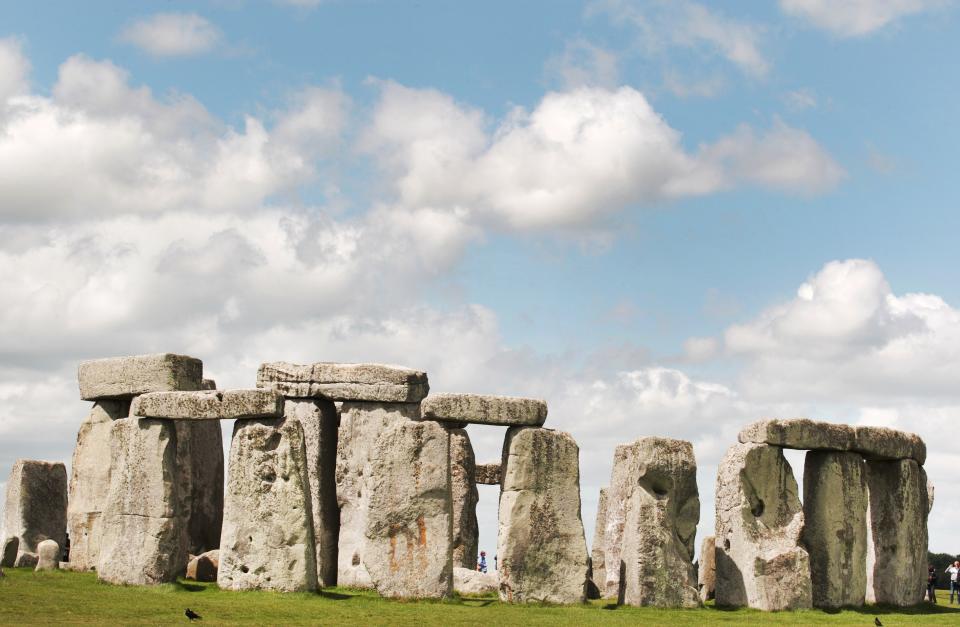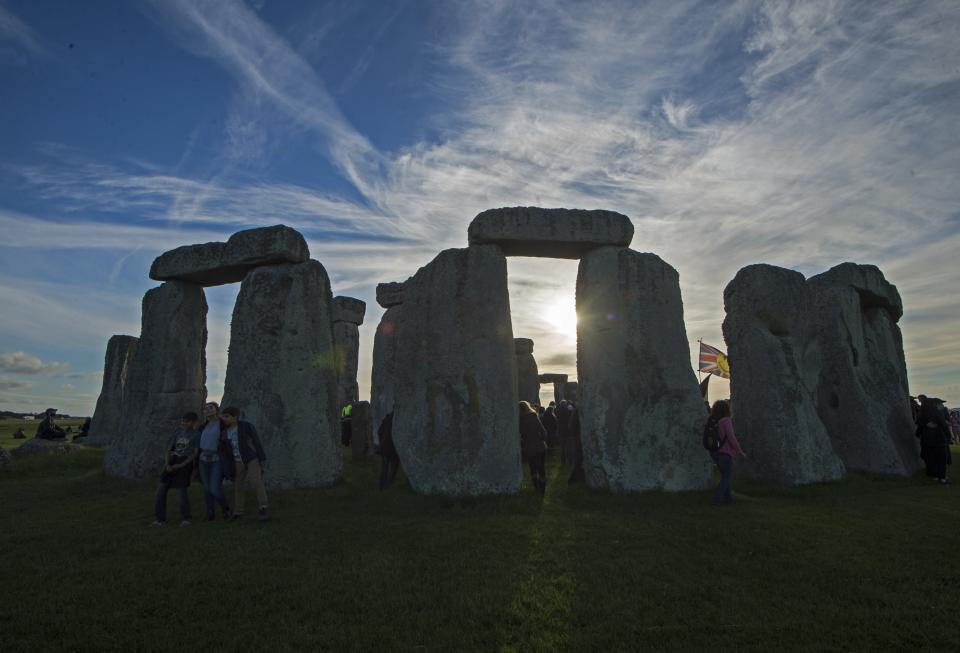Party like it's 2099BC - Stonehenge was built as part of a celebration, claim historians

Building Stonehenge may have been a way to bring together people and party, English Heritage has claimed.
Historians claim that by choosing stones, moving them then putting them up on the world-famous site on Salisbury Plain, our predecessors may have been trying to bring people together as a way of socialising and celebrating.
Building the monument may have been more important than finishing it, claim experts.
In contemporary western culture, we are always striving to make things as easy and quick as possible, but we believe that for the builders of Stonehenge this may not have been the case,’ said Susan Greaney, English Heritage’s senior historian.

‘Drawing a large number of people from far and wide to take part in the process of building was potentially a powerful tool in demonstrating the strength of the community to outsiders.’
Experts have been able to discover that people travelled to the site from as far away as north-east Scotland to take part in mid-winter feasts.
Examination of pig bones discovered near Stonehenge have revealed people travelled from hundreds of miles to be at the site.
This led historians to believe that Stonehenge was known as a place of pilgrimage and celebration.
MOST POPULAR TODAY ON YAHOO
Mugshots of Paul Golding and Jayda Fransen released as Britain First leaders jailed for hate crime
Married couple realise their paths had crossed 11 years before they met in touching photo
KFC resolve great chicken crisis of 2018 by returning to former contractor
21 people have been treated for exposure to nerve agent that poisoned Russian spy

The prehistoric monument is thought to have been built somewhere between 3,000 and 2,000 BC and is one of the most famous British landmarks.
It has been listed on UNESCO’s World Heritage Sites since 1986.
Theories about its existence claim the site could have been a burial ground after the discovery of human bones at Stonehenge.

 Yahoo News
Yahoo News 
